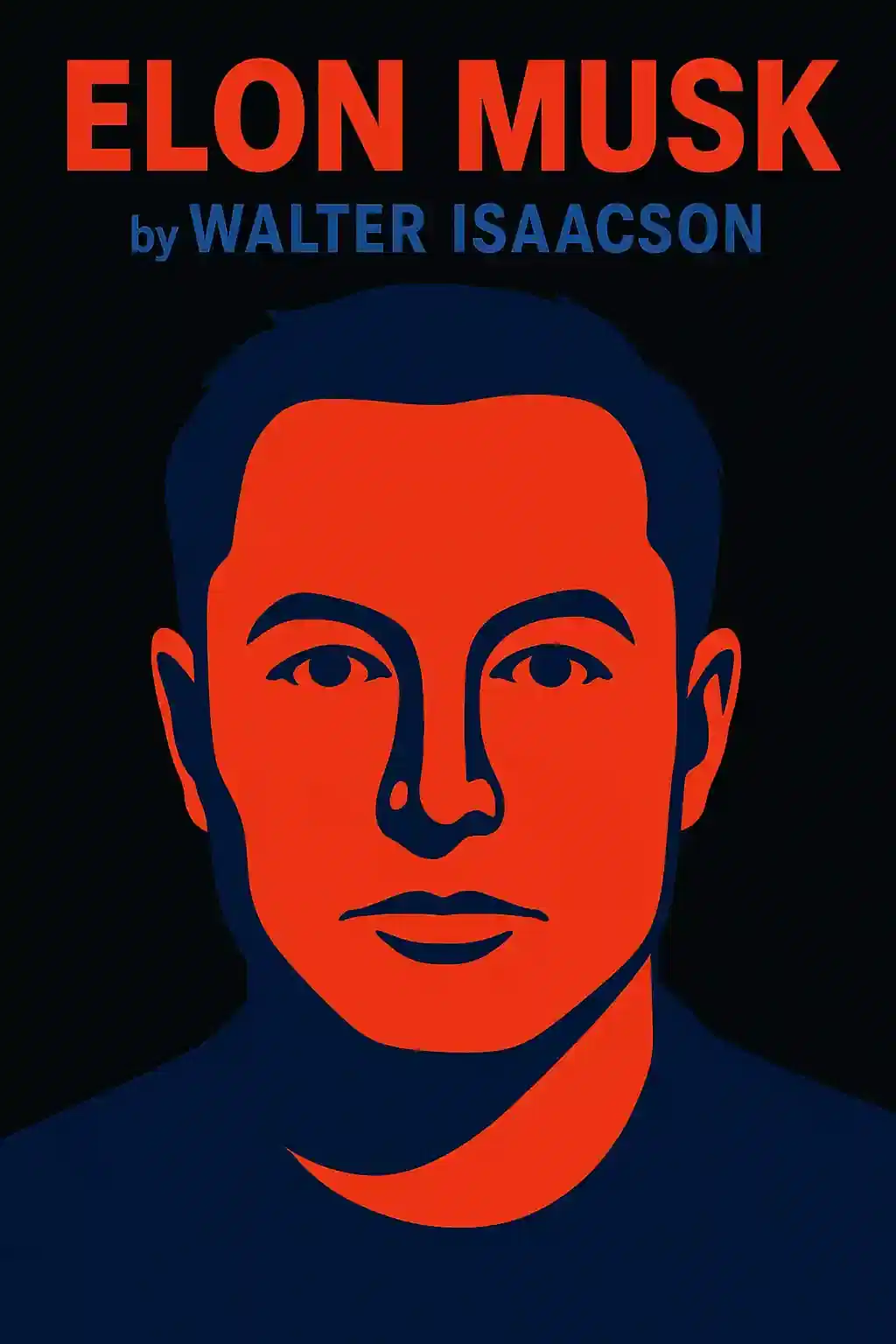What is
The Innovation Dialogue: Where Creativity Meets Ambition about?
The Innovation Dialogue: Where Creativity Meets Ambition explores how governments, industries, and scientific communities collaborate to drive technological and societal advancements. It analyzes case studies like Germany’s federal innovation policy, India’s Digital Public Infrastructure initiatives, and Australia-UK strategic partnerships, offering frameworks to balance creativity with scalable ambition. The book emphasizes resilience, quantum technologies, and AI governance as critical innovation frontiers.
Who should read
The Innovation Dialogue: Where Creativity Meets Ambition?
Policy makers, business leaders, and innovation strategists seeking actionable insights into public-private collaboration will benefit. It’s ideal for those navigating topics like supply chain resilience, AI regulation, and cross-border tech partnerships. Researchers interested in frameworks like Horizontal Evolution or the CREATE model will find detailed methodologies for fostering disruptive ideas.
Is
The Innovation Dialogue: Where Creativity Meets Ambition worth reading?
Yes—it combines real-world examples (e.g., the EU’s quantum tech investments and India’s DPI advancements) with practical strategies for overcoming innovation barriers. The book critiques outdated models while providing tools for building agile, future-ready organizations. Its emphasis on empathy-driven innovation and global case studies makes it a standout resource.
What are the key frameworks in
The Innovation Dialogue: Where Creativity Meets Ambition?
- CREATE Model: Six traits for innovative leadership: Connected, Resilient, Empathetic, Adaptive, Transformative, and Execution-focused.
- Horizontal Evolution: Prioritizing cross-industry灵感 over sector-specific trends to avoid competitive saturation.
- Resilience Mapping: Strategies for securing supply chains and tech ecosystems, as seen in German and Australian policies.
How does
The Innovation Dialogue address AI and quantum technologies?
The book highlights AI’s role in governance and quantum computing’s disruptive potential, stressing the need for international cooperation. It examines ethical challenges, such as encryption risks posed by quantum advancements, and India’s push for open-source AI frameworks.
What quotes define
The Innovation Dialogue: Where Creativity Meets Ambition?
- “Innovation is a conversation between the inside and outside”: Emphasizes cross-sector collaboration.
- “Empathy is the root of all innovation”: Underscores user-centric design in tech政策.
- “Play a different ball game”: Advocates for unconventional strategies to outpace competitors.
How can businesses apply ideas from
The Innovation Dialogue?
- Use Germany’s cluster-landscape analysis to identify regional innovation hubs.
- Adopt India’s public-private DPI model to scale digital solutions.
- Implement the CREATE framework to cultivate leadership agility during disruptions.
What criticisms does
The Innovation Dialogue anticipate?
Critics may argue its reliance on government-led models overlooks startup-driven ecosystems. The book counters by showcasing hybrid approaches, like Australia-UK’s SME-focused partnerships and acatech’s industry-academia networks.
How does
The Innovation Dialogue stay relevant in 2025?
It addresses post-pandemic supply chain reforms, AI ethics debates, and climate-tech innovations tied to the European Green Deal. The inclusion of 2024 case studies (e.g., GTS Innovation Dialogue) ensures timeliness.
What makes
The Innovation Dialogue unique compared to other innovation books?
Unlike theoretical guides, it combines policy blueprints (e.g., Germany’s STEM education reforms), corporate strategies (Microsoft’s empathy-driven R&D), and grassroots initiatives (India’s startup workshops). This multidimensional approach bridges ambition with executable tactics.
How does the book approach failure in innovation?
It frames setbacks as catalysts for resilience, using examples like adaptive strategies in post-Brexit UK-AU collaborations and iterative DPI development in India. The CREATE model’s “Resilient” trait specifically addresses learning from失败.
Where can I find summaries or key takeaways from
The Innovation Dialogue?
Visit [YourWebsite.com] for downloadable cheatsheets on the CREATE framework, Horizontal Evolution principles, and quarterly updates on global innovation dialogues.













